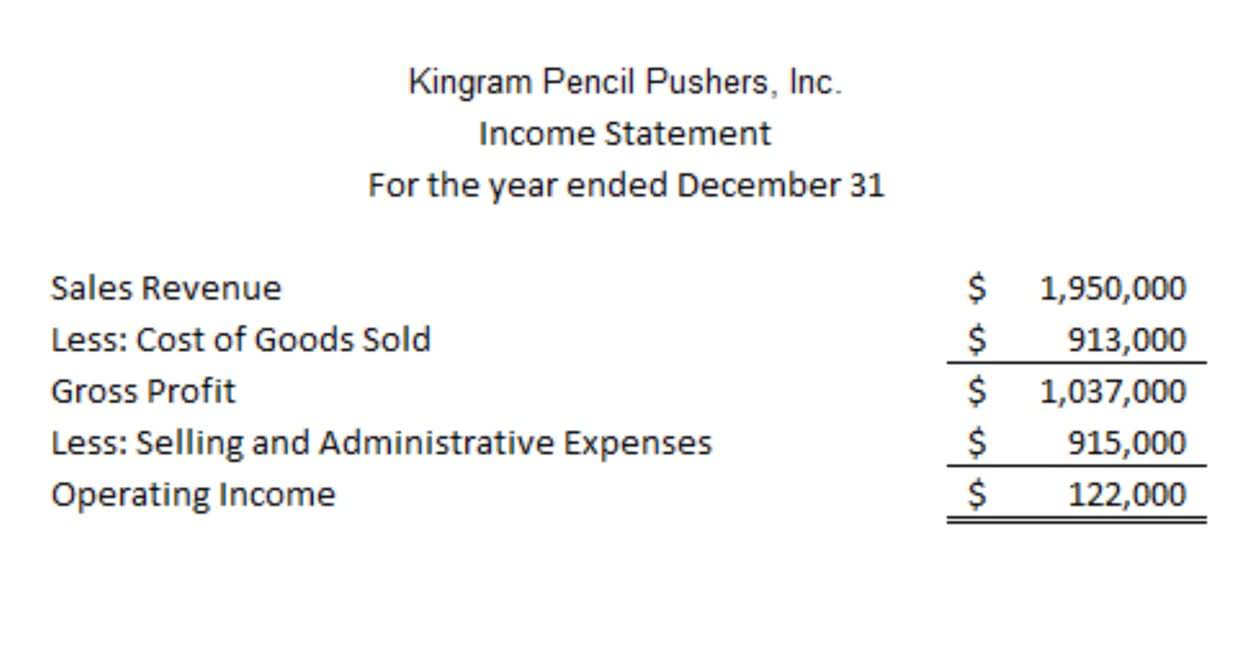
If you go this route, you’ll need to be able to prove the debt doesn’t belong to you. Here are some common disadvantages of the concept of off balance sheet transactions. Consequently, these debtors get bankrupt & fail to pay the amount due. Direct Write Off Method & Allowance Method are balance off meaning the two methods to write off or expense off an asset. The company tackles this by having a special purpose entity (SPE) buy the hardware and lease it back to them. This way, they only record the lease expense, not the debt or asset, even though they control the hardware.
Accounts Written Off Explained
They still remain important components of the business but are just not directly fall under company obligations of ownership. It helps reflect the actual amount of revenue and assets in the books of the business entity. Also, it is treated as a non-cash indirect expense that reduces the taxable income & hence, benefits the assessee by reducing the tax liability.

Where is netting off most commonly used?
This process helps businesses of all sizes minimize their tax obligations by deducting allowable costs, such as bad income statement debts or impaired assets, from their earnings. A write-off is an accounting practice that recognizes expenses or losses deemed unrecoverable. It removes the asset or debt from the balance sheet and records the loss on the income statement, ensuring accurate financial reporting.
- Although it’s typical for balance to diminish with age, there are things you can do to improve it.
- Also, an issuer may temporarily revoke your grace period if you don’t pay off your balances on time.
- For example, consider credit counseling services to help you make a budget and avoid delinquent payments in the future.
- Gain hands-on experience with Excel-based financial modeling, real-world case studies, and downloadable templates.
- Here’s how a charge-off can affect your credit, how to tell if it’s accurate, and how you can pay it and try to get it removed from your reports.
How Unlimited PTO Works
Off-balance sheet and on-balance sheet are two different accounting methods used to track a company’s financial assets and liabilities. On-balance sheet items are assets and liabilities that are recorded on a company’s balance sheet, such as cash, Debt to Asset Ratio inventory, and debt. Off-balance sheet items, on the other hand, are assets and liabilities that are not directly recorded on the balance sheet, such as operating leases, contingent liabilities, and joint ventures. Netting off is an accounting process whereby one amount is subtracted from another, commonly used to present a more accurate financial position in financial statements.

Which Accounts Do Not Appear on the Balance Sheet?
It reduces the income on the income statement due to the bad debt expense and decreases the total accounts receivable balance on the balance sheet. Master the fundamentals of financial accounting with our Accounting for Financial Analysts Course. This comprehensive program offers over 16 hours of expert-led video tutorials, guiding you through the preparation and analysis of income statements, balance sheets, and cash flow statements. Gain hands-on experience with Excel-based financial modeling, real-world case studies, and downloadable templates.
It’s Time to Do More With Time Off – A Lot More

These items can be hard to find since they usually show up only in the notes of financial statements. Some off-balance sheet items may also hide liabilities, like collateralized debt obligations (CDO), which can become toxic and nearly illiquid without investors knowing. The result of the balancing off accounts process is that either a debit or a credit balance is brought down. Traditional PTO policies are typically separate from family and medical leave policies. That’s to say, companies that offer family and medical leave usually do so through a PTO policy that is separate from their vacation and sick leave policies. In order to avoid confusion or problems with leave administration, your family and medical leave policy should clearly communicate the circumstances where it applies.
- By recording this journal entry, the firm removes the $5,000 outstanding balance from its accounts receivable, acknowledging that it is unlikely to collect this amount.
- Traditional sick leave policies (accrual-based) must meet or exceed the minimum requirements established by the law.
- A $0 starting balance plus $6,250 in transactions and fees minus a $2,000 payment equals a statement balance of $4,250.
- On-balance sheet items are included in a company’s financial statements and therefore directly impact ratios such as debt-to-equity ratio and return on assets.
- Our cloud-based solution automates accounts receivable and streamlines payment management, freeing up time for what matters most.
PTO Genius saves you time, reduces your costs, and ensures your compliance with leave laws through our next-generation time off platform. Once you’ve taken care of the charge-off, take healthy credit steps to help improve your credit. For example, consider credit counseling services to help you make a budget and avoid delinquent payments in the future. If the lender hasn’t sold the account, you can offer to pay the debt in full in exchange for the charge-off note to be removed from your reports.
- Bereavement leave is time off that your employer gives you to grieve the passing of a family member, close friend, or other loved one.
- But that does not mean that they are not relevant to the business operations.
- If one manager approves most of their team’s time off but refuses one employee’s requests, that can lead to resentment, disengagement, and could open the door to a discrimination lawsuit.
- Off-balance sheet items, on the other hand, are not included in the financial statements and may not have a direct impact on these ratios.
Lost inventory, unpaid debt obligation, bad debts, and unpaid receivables are also written off. Writing off the account helps the firm present a more accurate financial position, reflecting the realistic value of their accounts receivable and the impact of bad debts on their income. Sometimes a business may also not mention the accounts receivable balances in the balance sheet because they are may or may not be received at all and there is often a probability of default. This helps in maintaining the company image and credibility but are recorded in the balance sheet when they are received. When investors assess a company’s financial health, off-balance sheet items are a key concern.